Spring is in the air. Finally! That means our thoughts naturally turn to all of the great outdoor activities we’ll be doing soon. For many of us, that includes working in the garden. While it may be a bit too early to plant much outdoors this month, it’s definitely time to start planning our spring garden.
What worked well for you last year? What didn’t quite come out as you planned? It’s good to think of these things, but maybe this will be your first year gardening. Whatever your experience level, we’ve provided some suggestions for the best plants for your spring garden.
To find if any of these plants will grow in your area, consult a plant hardiness zone map then visit your local gardening center. Get growing and let us know how it goes!
1. Pig Squeak
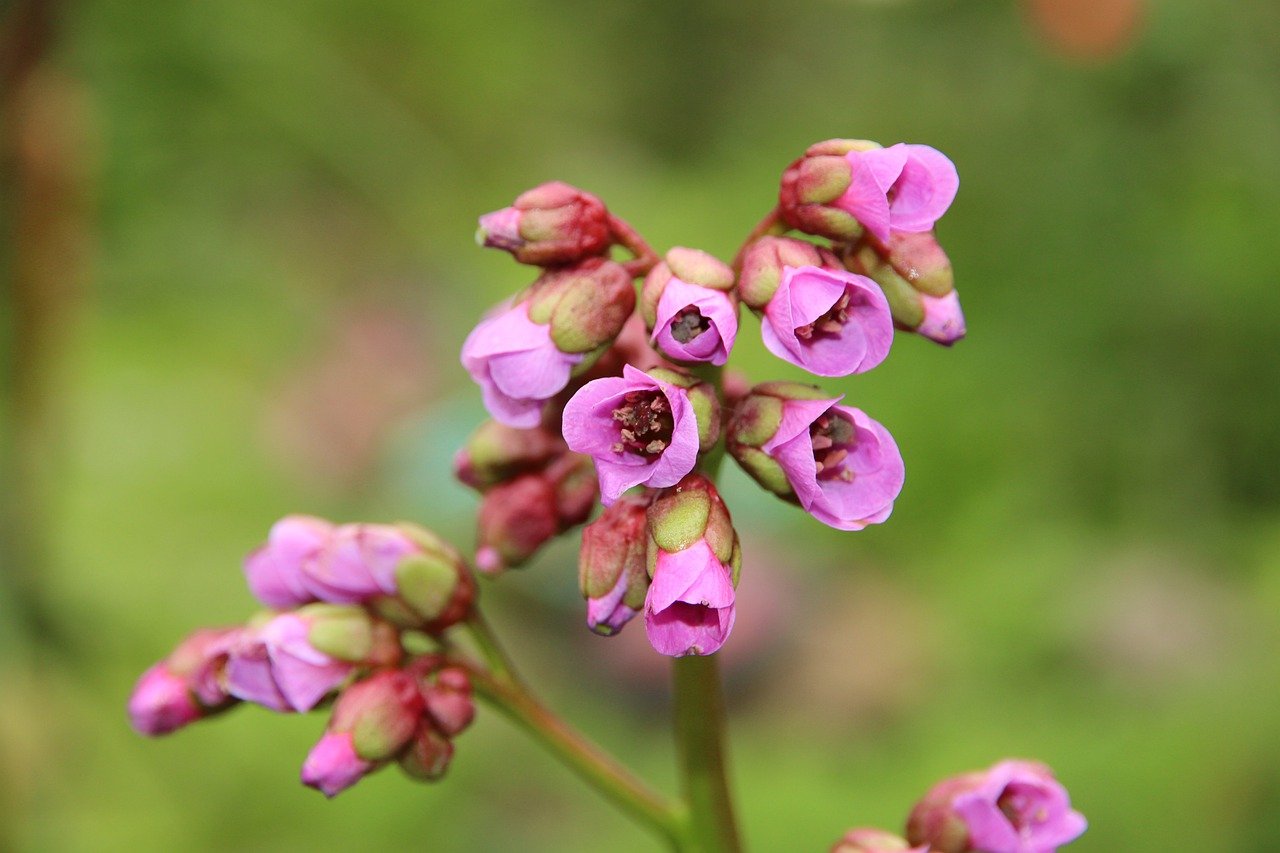
Pig squeak is a cute nickname for the Bergenia cordifolia. The plant features dark pink blooms in the spring and its leaves turn a purplish hue as the season extends into fall. That’s why it is also known by the nickname Winterglow. The plant does well in both the shade and full sun but will need more watering with full exposure. The plant looks great alone or in groups of five or more. The leaves grow as long as one foot from the stalk and they become more glossy as they spread. If you rub them with your fingers, you’ll hear a sound like a pig squealing, thus the name pig squeak.
2. Daisies
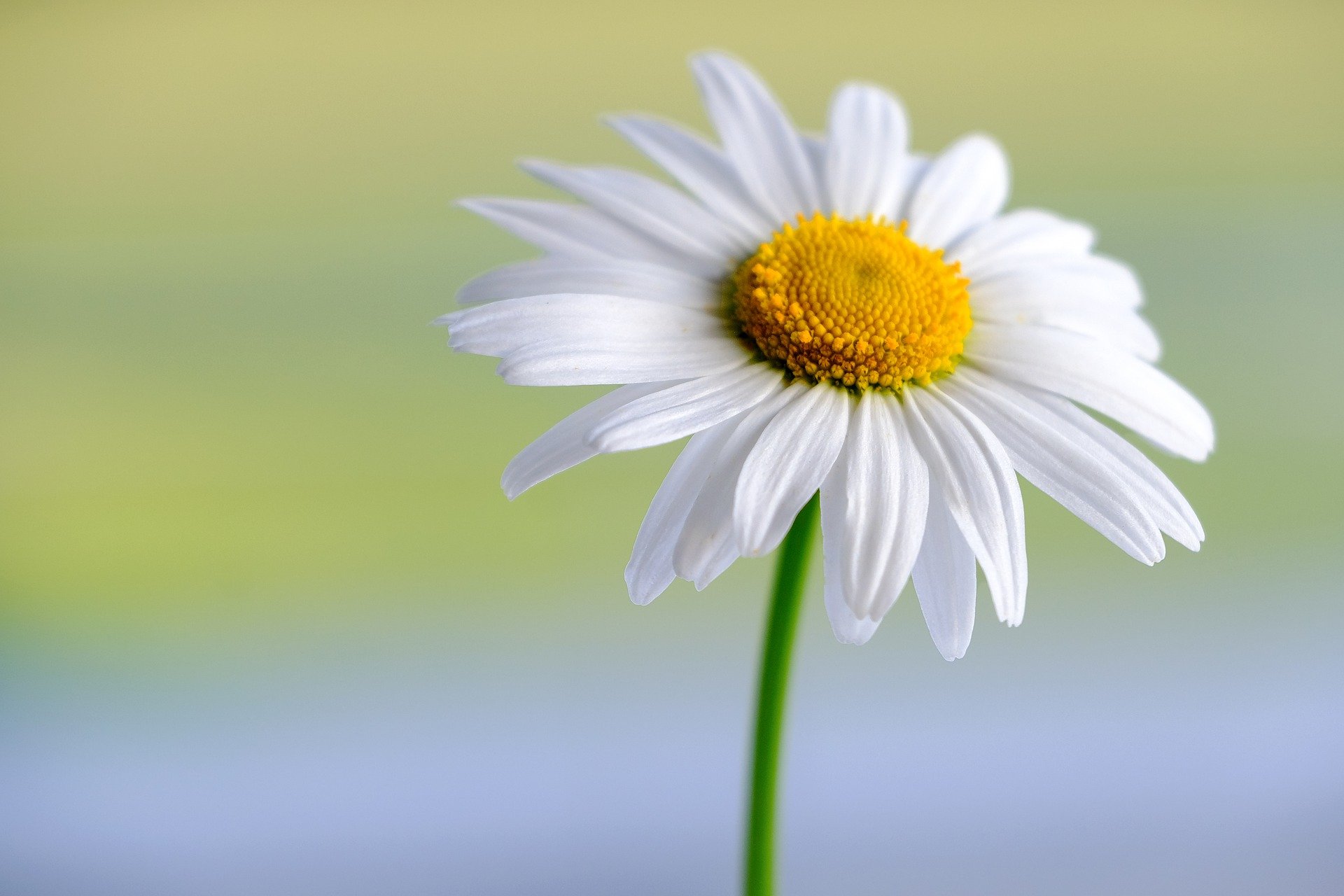
Daisies produce strikingly gorgeous flowers with rosettes of thin white petals surrounding a dark brown or bright yellow floral disk. These blooms are supported by one stem that groups from a cluster of dark green rounded leaves. It’s frequently cultivated in lawns, gardens, prairies, or hillsides. These flowering plants usually emerge in late spring and continue blooming until early fall.
3. Creeping Buttercup

The Creeping Buttercup, also known by its scientific name ranunculus repens, is easy to grow. Some gardeners may consider this plant a weed, but its hardy nature makes it a good choice for gardens where incidental foot traffic can occur. It adds a nice touch of yellow against dark shiny green leaves. Creeping buttercup is a perennial so it’s good to plant a bunch in an area of the yard or garden and forget about it until it blooms in the spring when it forms a dense ground cover.
4. Peace Tea Rose
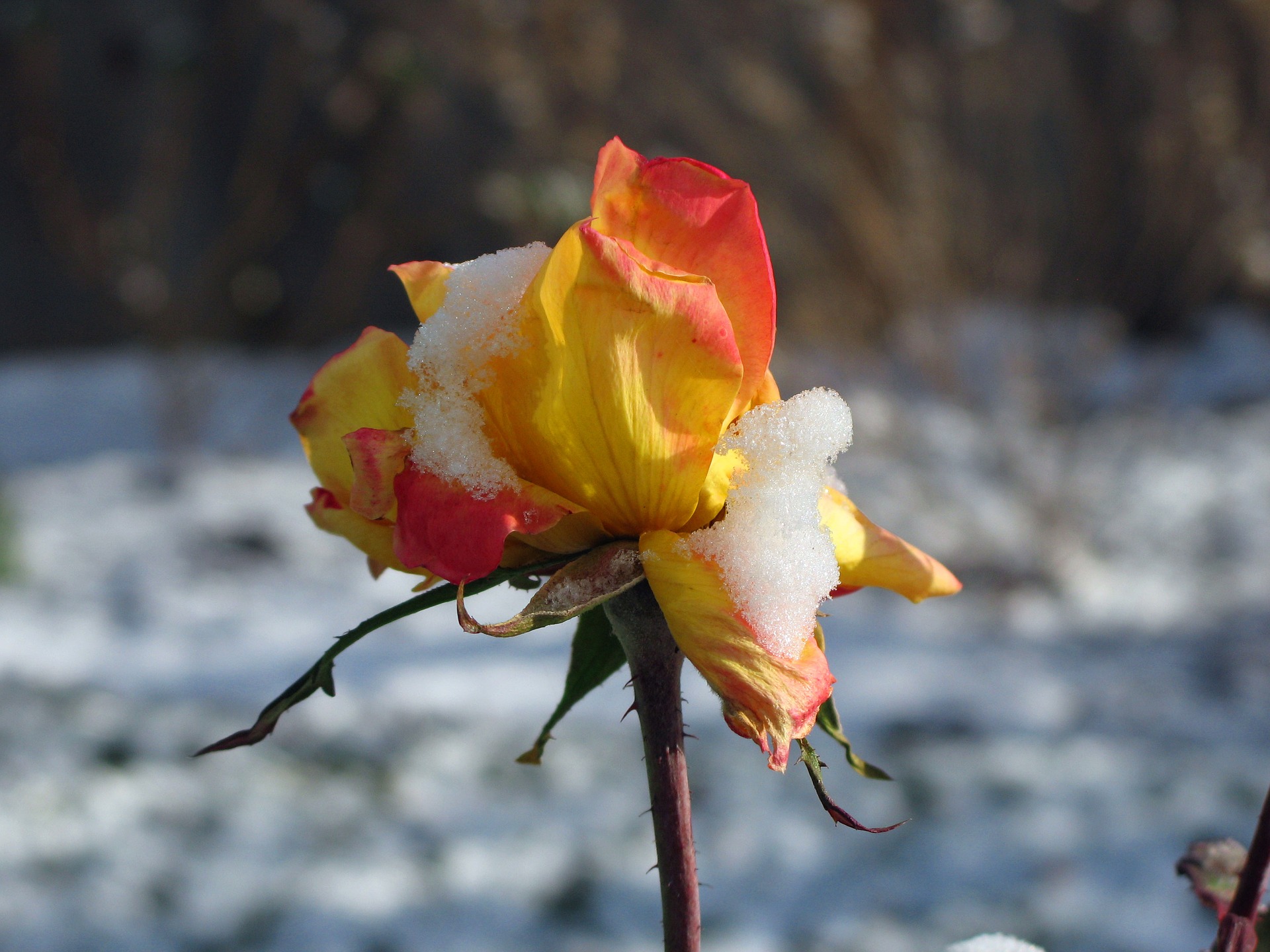
There are many classifications of roses. There are heritage, floribunda, English, climbing, and hybrid tea roses to name a few. A variety that adds a nice splash of color to a spring garden is the Peace Tea Rose which is a hybrid created in France in the 19th century. It’s been a popular choice for gardens ever since. The flower features yellow and pink shadings and across large with high-centered blooms. Its name commemorates the end of World War II.
5. Lily of the Nile
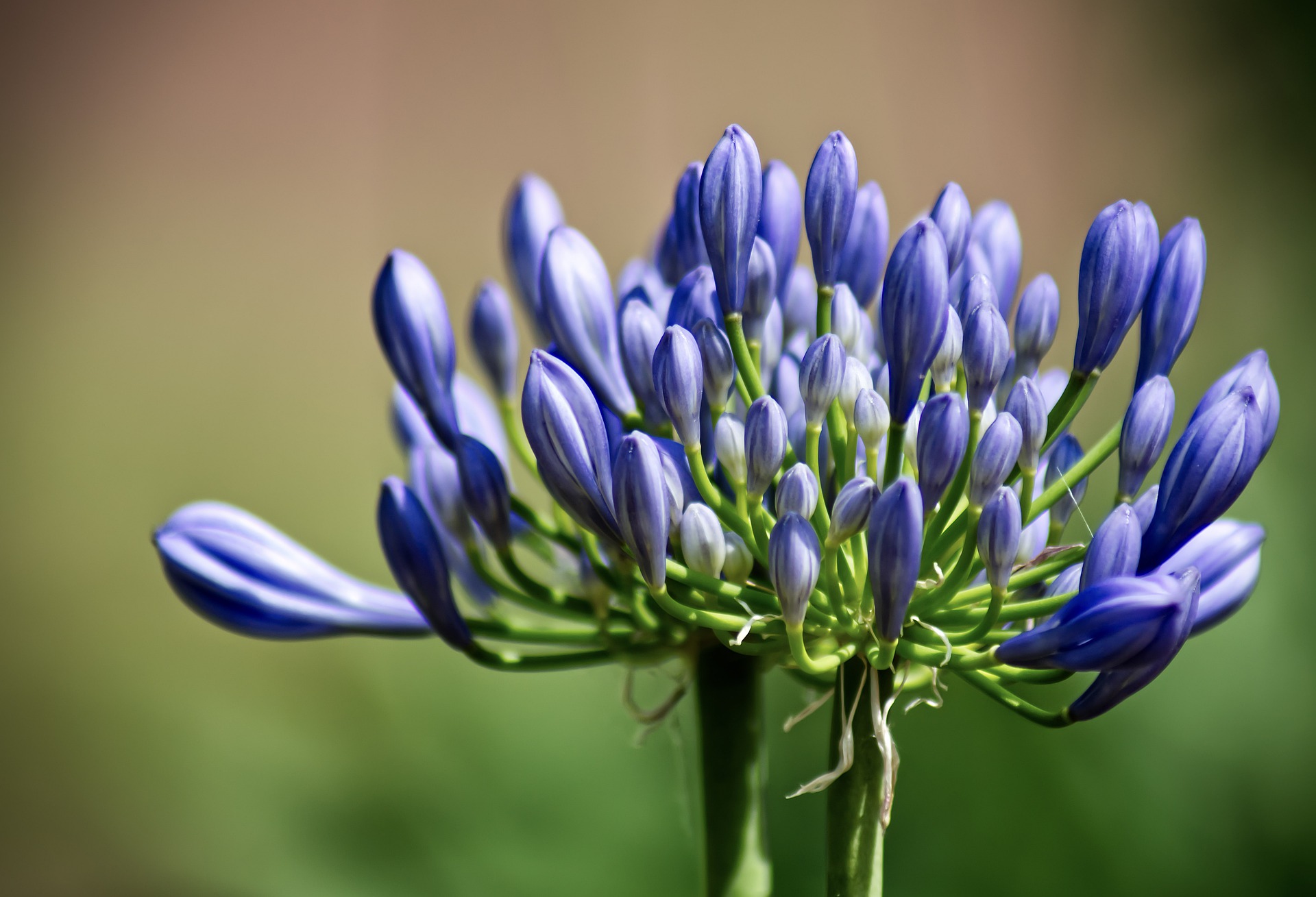
Lily of the Nile, also called Agapanthus, is a marvelous perennial plant that blooms between spring and summer, producing spectacular floral scapes. This South African beauty has unique features that display masses of stunning white and blue flowers atop a slender and tall stalk. Agapanthus flowering plants reach up to four feet when mature and bloom for a few months.
Because of its relatively tall heights, gardeners can choose to make them a lovely back border or a center price of their garden. For a dramatic effect, plan a large cluster throughout a sunny garden spot. They can be used in container planting as well.
6. Bear’s Breeches

When it comes to tall, attractive, and eye-catching flowers, the Bear Breeches is a perfect choice. These large perennial plants with tall spikes of flowers and glossy green leaves immediately become the center of attention of any garden. They are usually used as architectural plants and can be grown for their foliage alone or the flowers.
Bear Breeches are known for their big, coarse leaves, which add a sculptural form to woodland gardens. These plants can be described as white flowers that grow on three to six-foot-tall flower stalks and are hooded by beautiful purple bracts.
7. African Iris
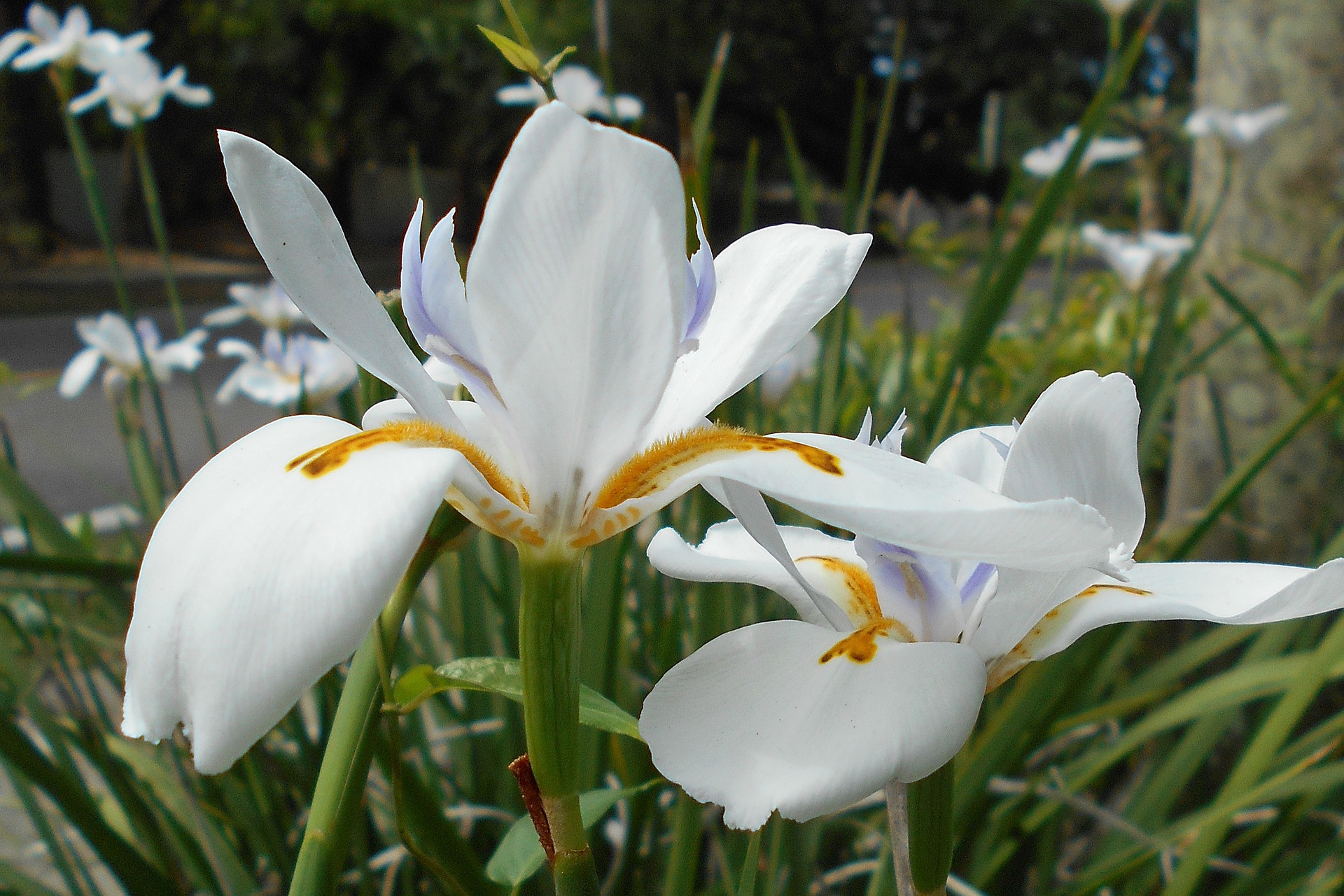
Dry and sunny weather calls for low-maintenance outdoor plants that can thrive under tough conditions. Fortunately, the African Iris is one of them. These perennial plants are perfect for stretching down your walkway and can easily mature in hard-to-grow spots bearing dozens of white blooming flowers from Spring through summer.
These eye-catching plants can be described as exotic white flowers with purple-blue, and yellow markings burst from stalks along with evergreen foliage. They can grow in either flower beds or flower pots and are usually between two to five feet.
8. Dutchman’s Breeches
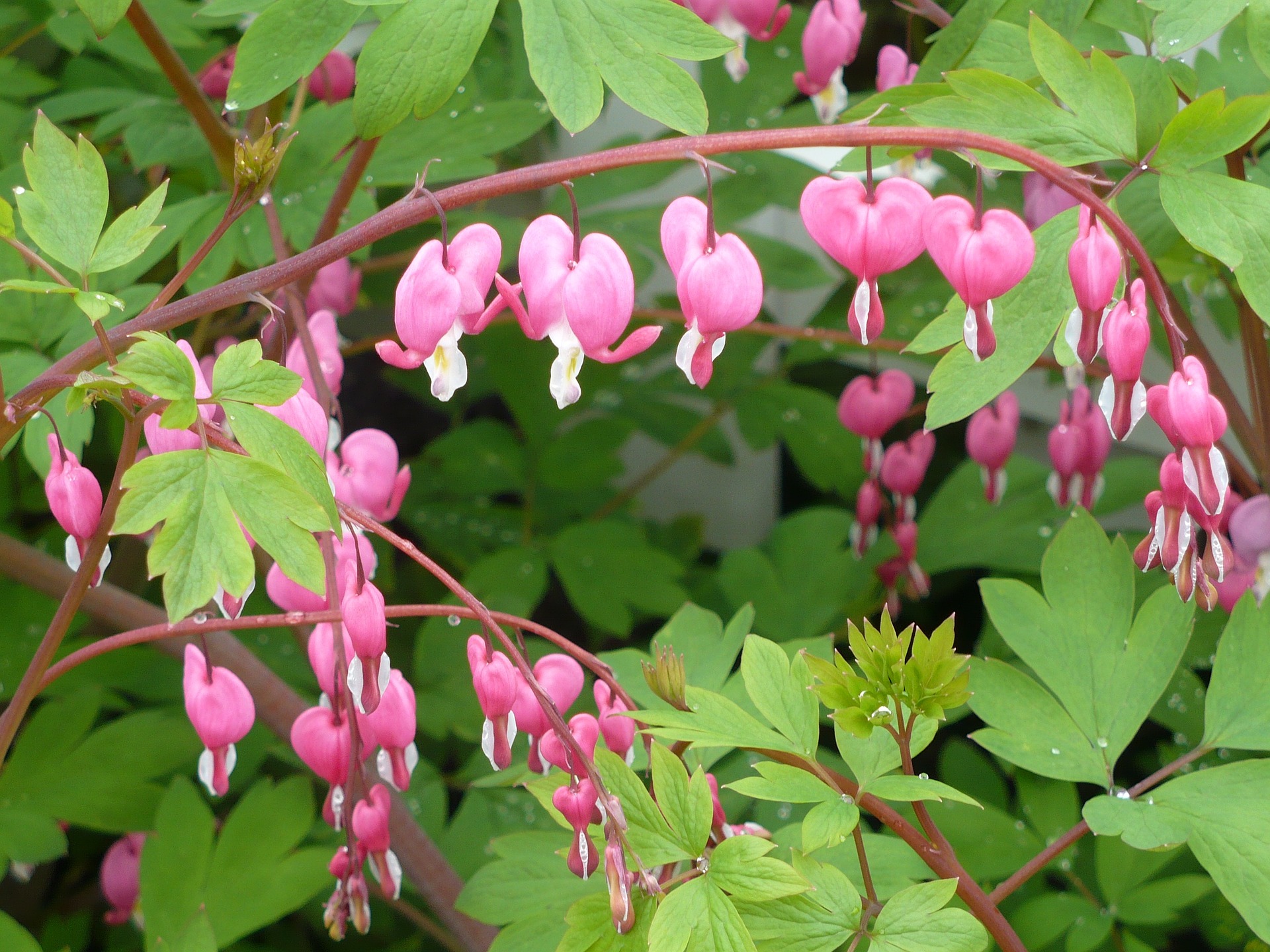
Dicentra cucullaria, or Dutchman’s breeches, is a wildflower found throughout North America. The breeches nickname is inspired by the flower which looks like a pair of inflated trousers hanging upside down. Apparently, they look like a pair of Dutch trousers. These plants make a great addition to any spring garden. They add a distinctive look thanks to the blooming flower but also to their fern-like foliage.
9. Adam’s Needle
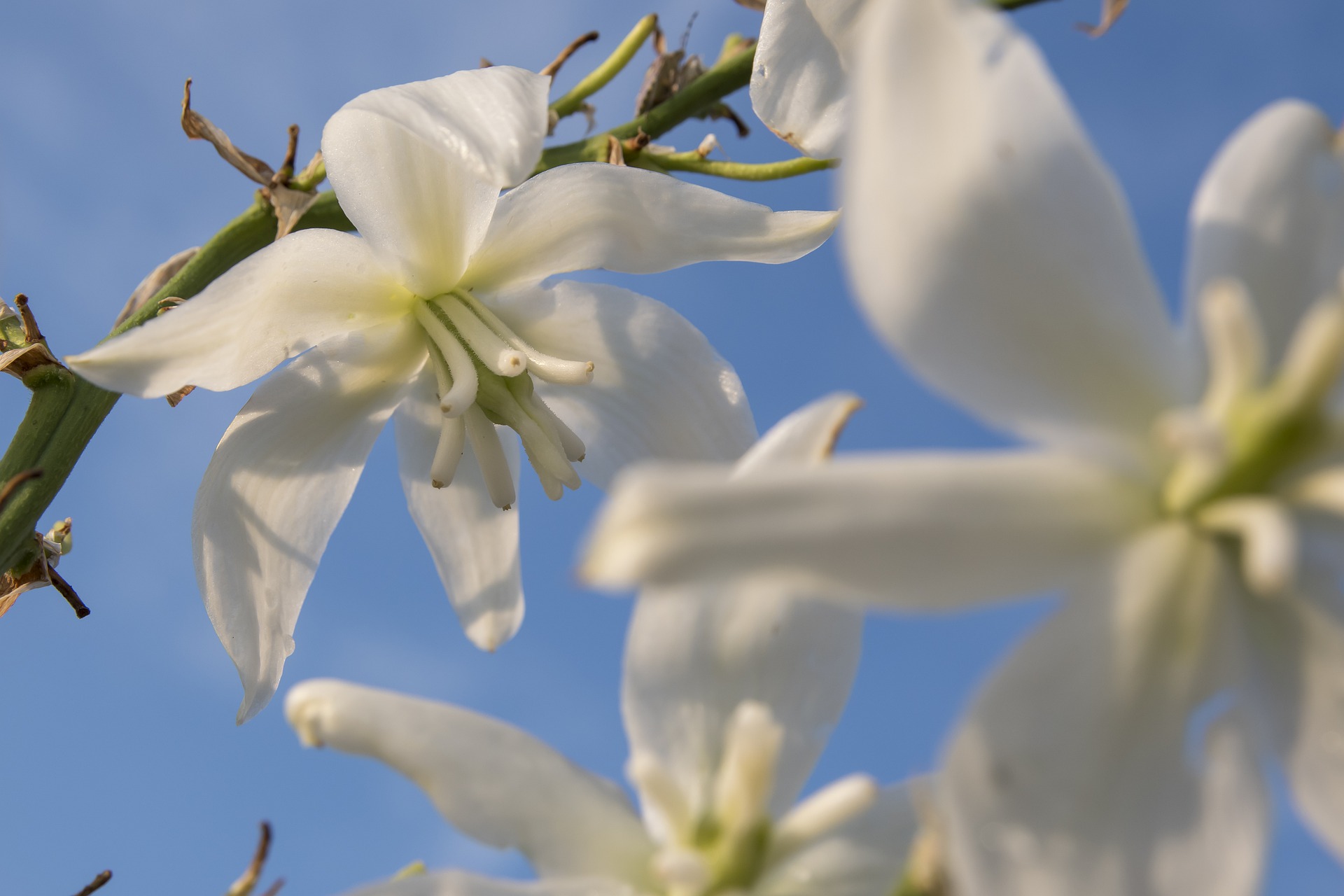
For those looking for cacti and succulent plant that is easy to maintain, the Adam’s Needle is a great pick. Adam’s needle is a slow-growing broadleaf evergreen shrub. It’s a yucca plant within the asparagus family. During the spring, the plant will send flower stalks up the center of the foliage, which may double the height of this plant.
Many identify Adam’s Needle with its sharp sword-shaped dark green leaves and a flowering stake with white flowers in the center. These yucca plants are great as an ornament piece to your garden that stands alone away from other plants. Since the leaves are sharp and the plant spreads outward, it’s best to keep it two or three feet away from other plants. The Adam’s Needle is a hardy plant that can withstand diseases and insects and only requires basic care.
Learn more about working with me on my FAQ page.

